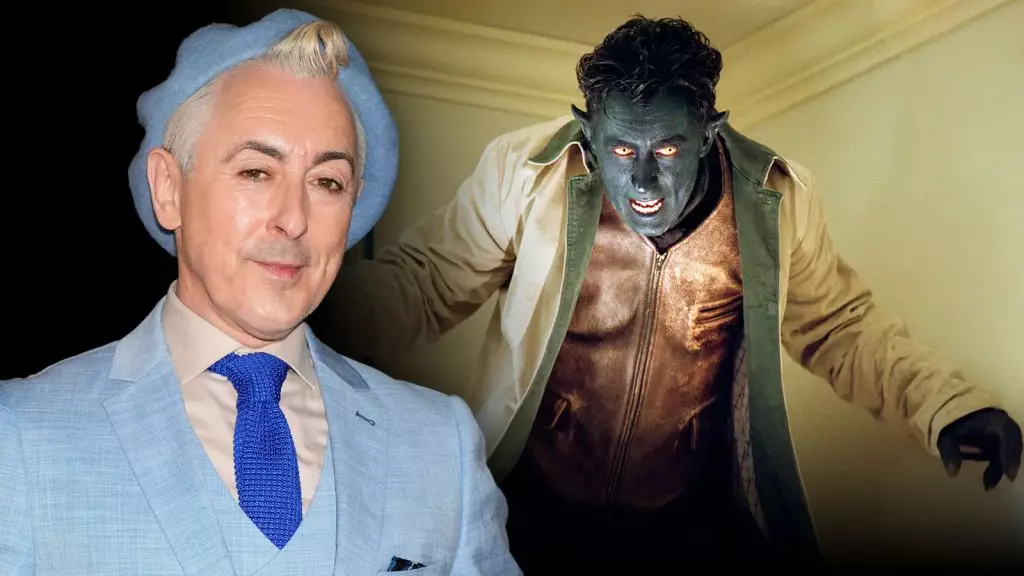Alan Cumming’s recent reflections on returning to his iconic role as Nightcrawler open a window into a transformative journey—not just within the Marvel cinematic universe, but within himself. His initial portrayal of Kurt Wagner in Bryan Singer’s *X2* (2003) was marred by a hostile and toxic filming environment. Cumming openly criticized the experience, describing it as “miserable” and “awful,” citing dangerous working conditions and an abusive atmosphere fostered by the director. Given the context, it’s understandable why his early involvement in such a project left scars. Yet, in a surprising twist of personal redemption, his latest stint on *Doomsday* reveals profound healing, illustrating how time and perspective can reshape even the bleakest memories.
This turnaround is significant—especially considering the actor’s age and the physical demands of portraying a superhero. At 60, Cumming’s willingness to dive back into stunt work and action scenes signals not just renewed enthusiasm but a resilience that defies ageist stereotypes about aging in Hollywood. It suggests that personal growth and clarity can transform past trauma into an empowering experience, allowing artists to reclaim their narratives and redefine their careers on their own terms.
Rekindling the Spirit: Why Returning Felt Truly Transformative
What makes Cumming’s description of *Doomsday* so compelling isn’t merely the act of returning to a beloved character. It’s the emotional depth he brings—highlighting that healing often stems from confronting, rather than avoiding, past wounds. His words paint a picture of a professional who found a new kind of joy in his craft, even if only temporarily, after what he once described as a “terrible experience.” The fact that he managed to coordinate filming around commitments like *The Traitors*—and found enjoyment in those moments—further underscores how clarity and purpose can turn previously draining experiences into sources of vitality.
More strikingly, Cumming emphasizes the community aspect of his current work. The camaraderie he experienced on set and the kindness of colleagues may have been crucial in restoring his faith in the industry. This contrasts sharply with the grim memories associated with Singer’s set, serving as a reminder that creative environments can either diminish or uplift our spirits—depending on the people and culture within. His narrative illustrates that even after trauma, growth, and renewal are possible when the environment supports respect, artistry, and kindness.
Cumming’s story isn’t just about a character return; it’s a testament to the human capacity for resilience. His willingness to confront painful memories and find joy again in his role demonstrates that healing isn’t a one-time event but an ongoing process. In an industry often obsessed with youth, Cumming’s resurgence serves as an inspiring reminder that passions can be reignited at any stage—if we allow ourselves to seek renewal and embrace our evolving identities. Ultimately, his journey reveals that sometimes, the most profound healing comes from revisiting what once caused pain and transforming it into a source of strength.
